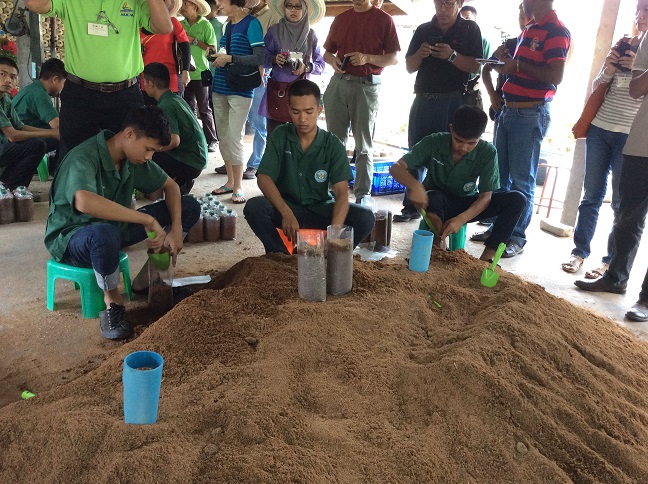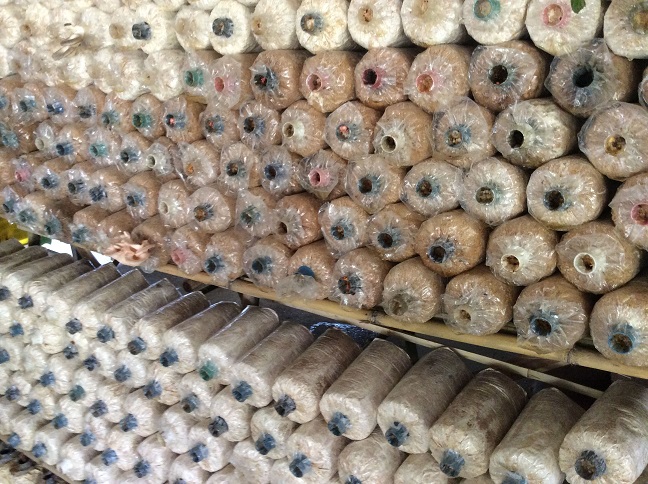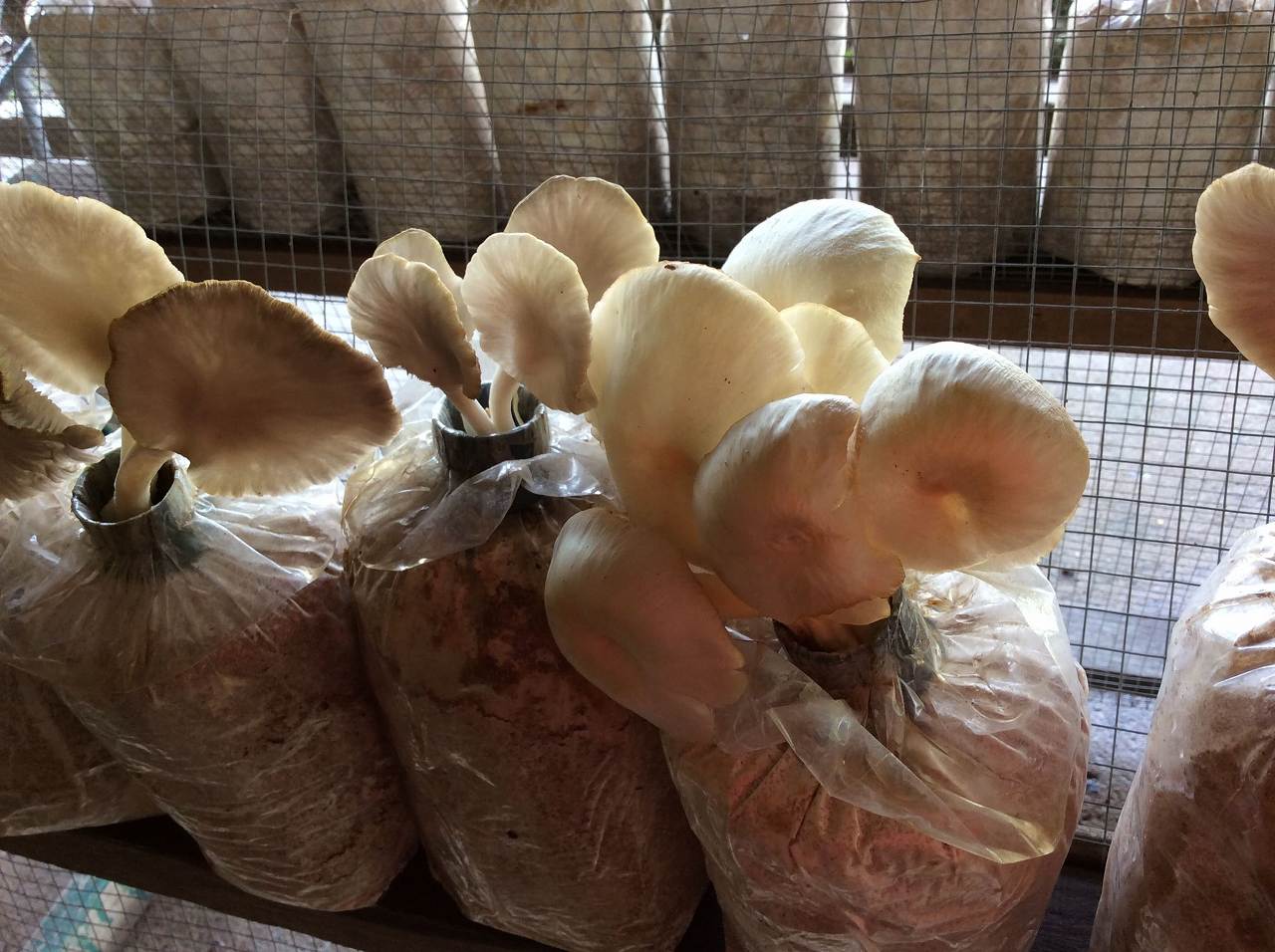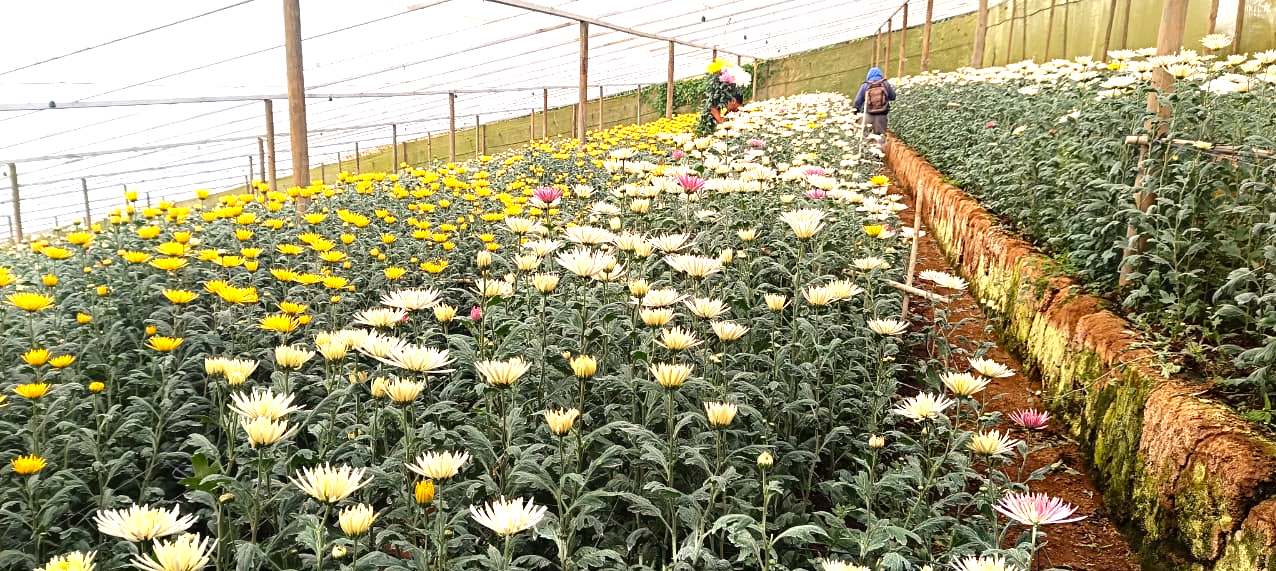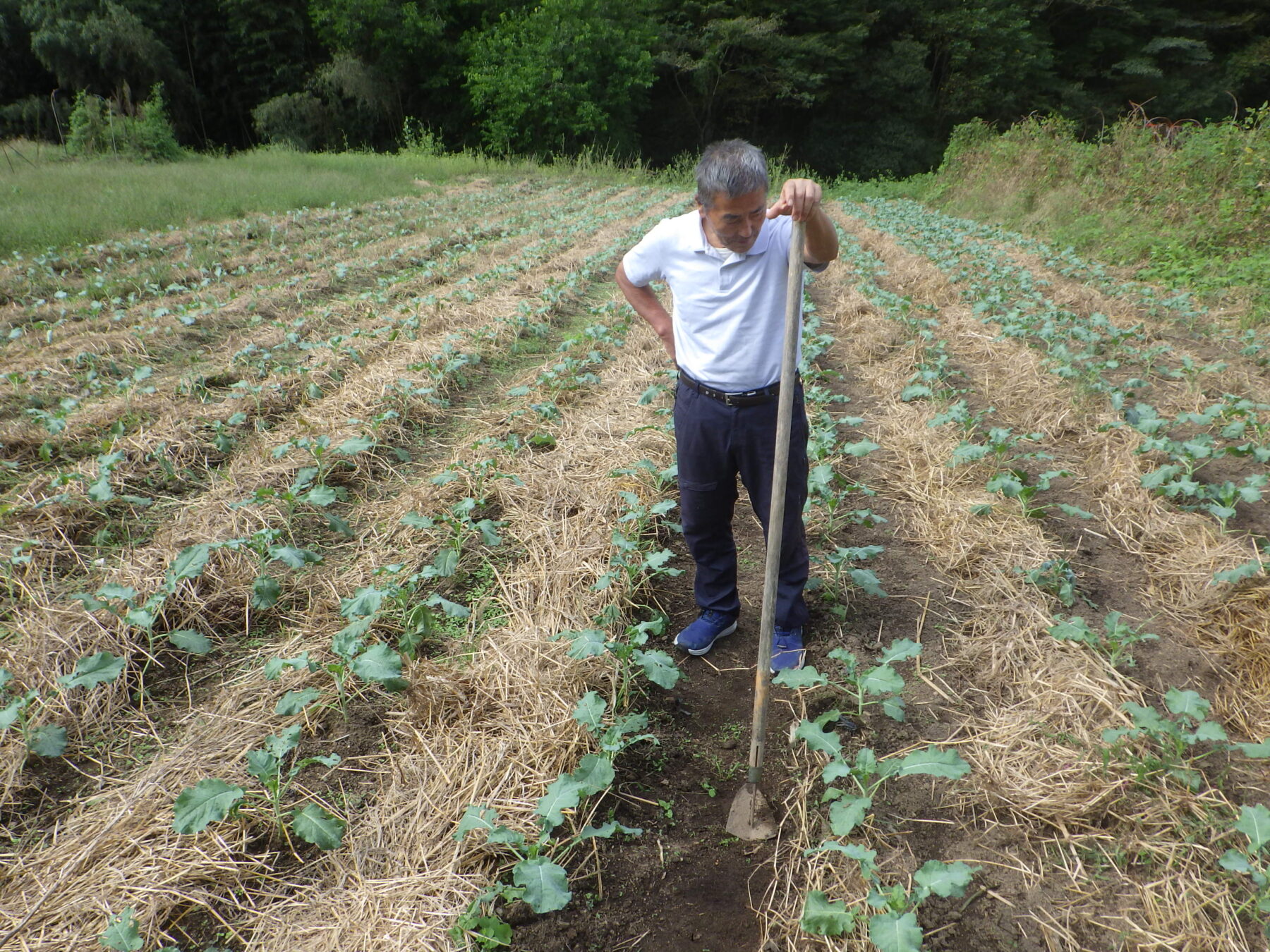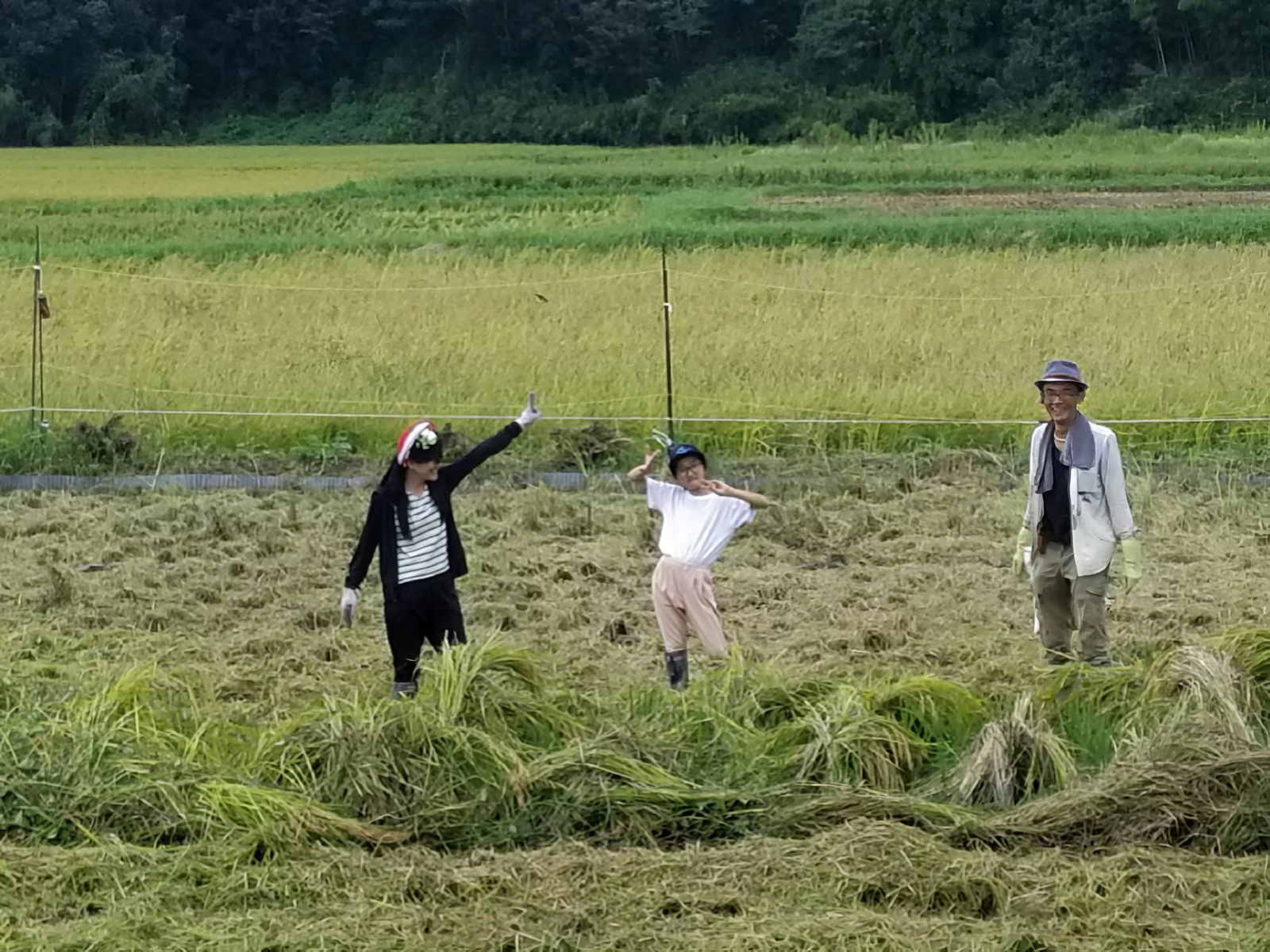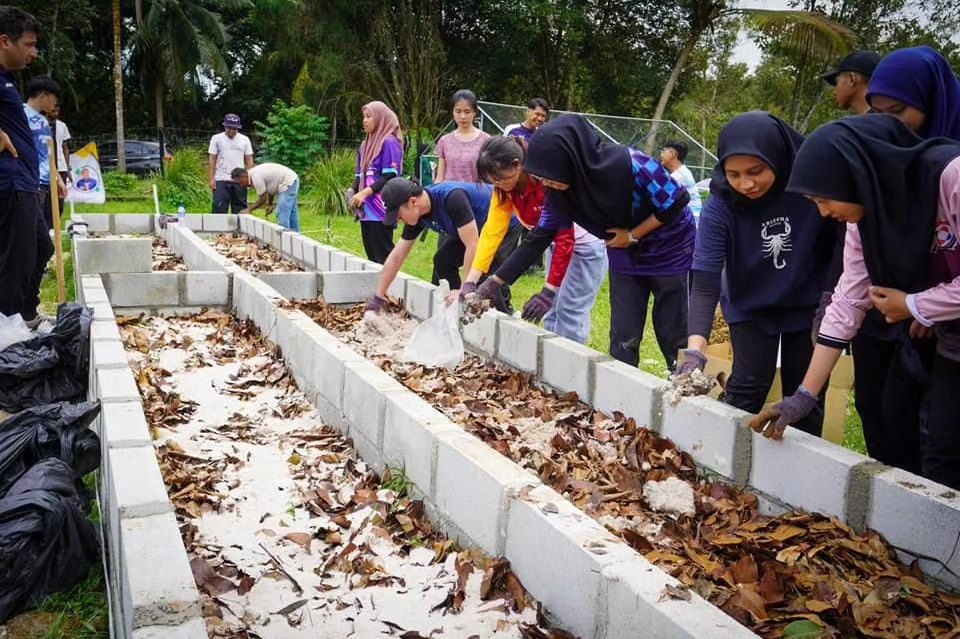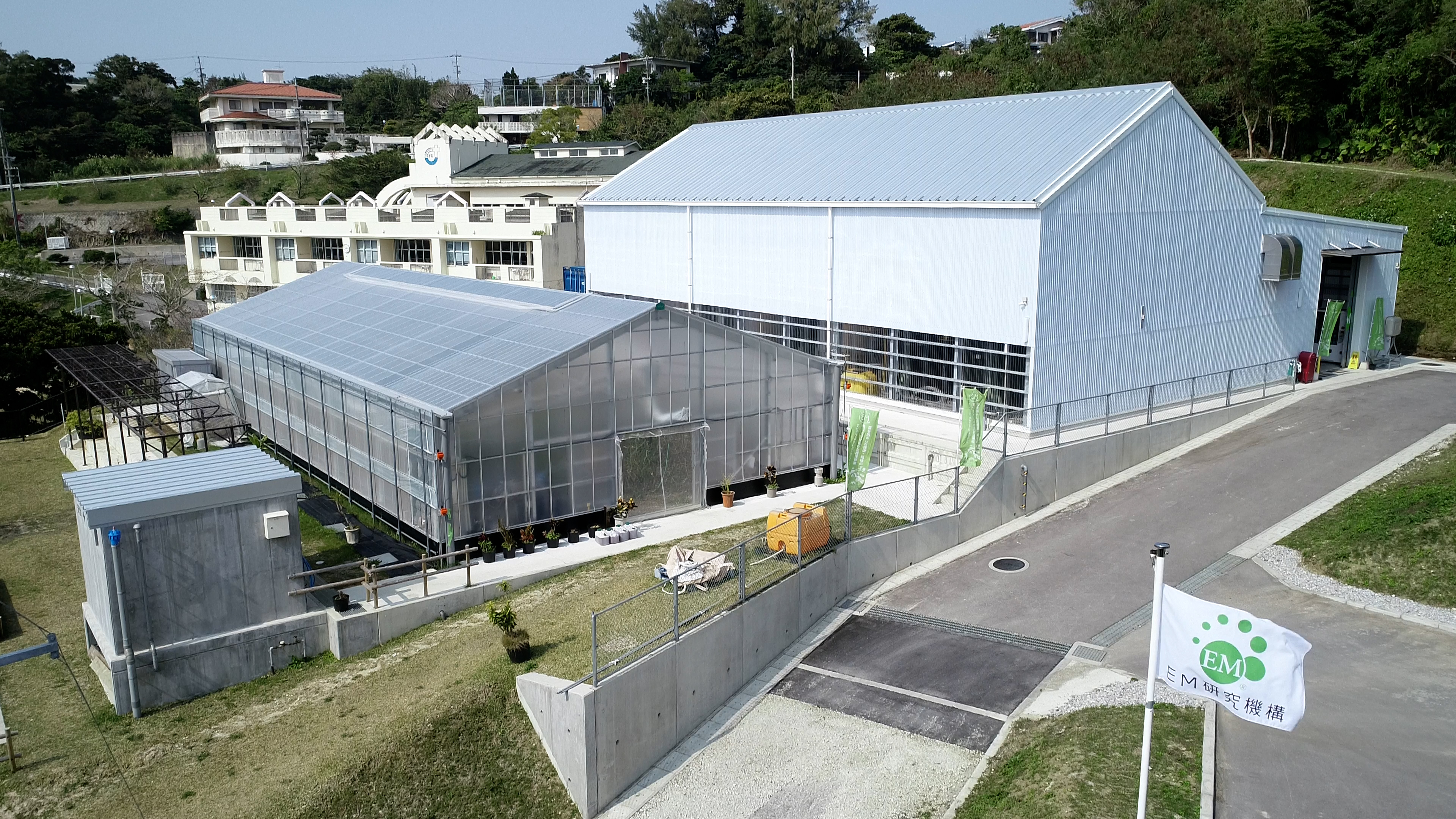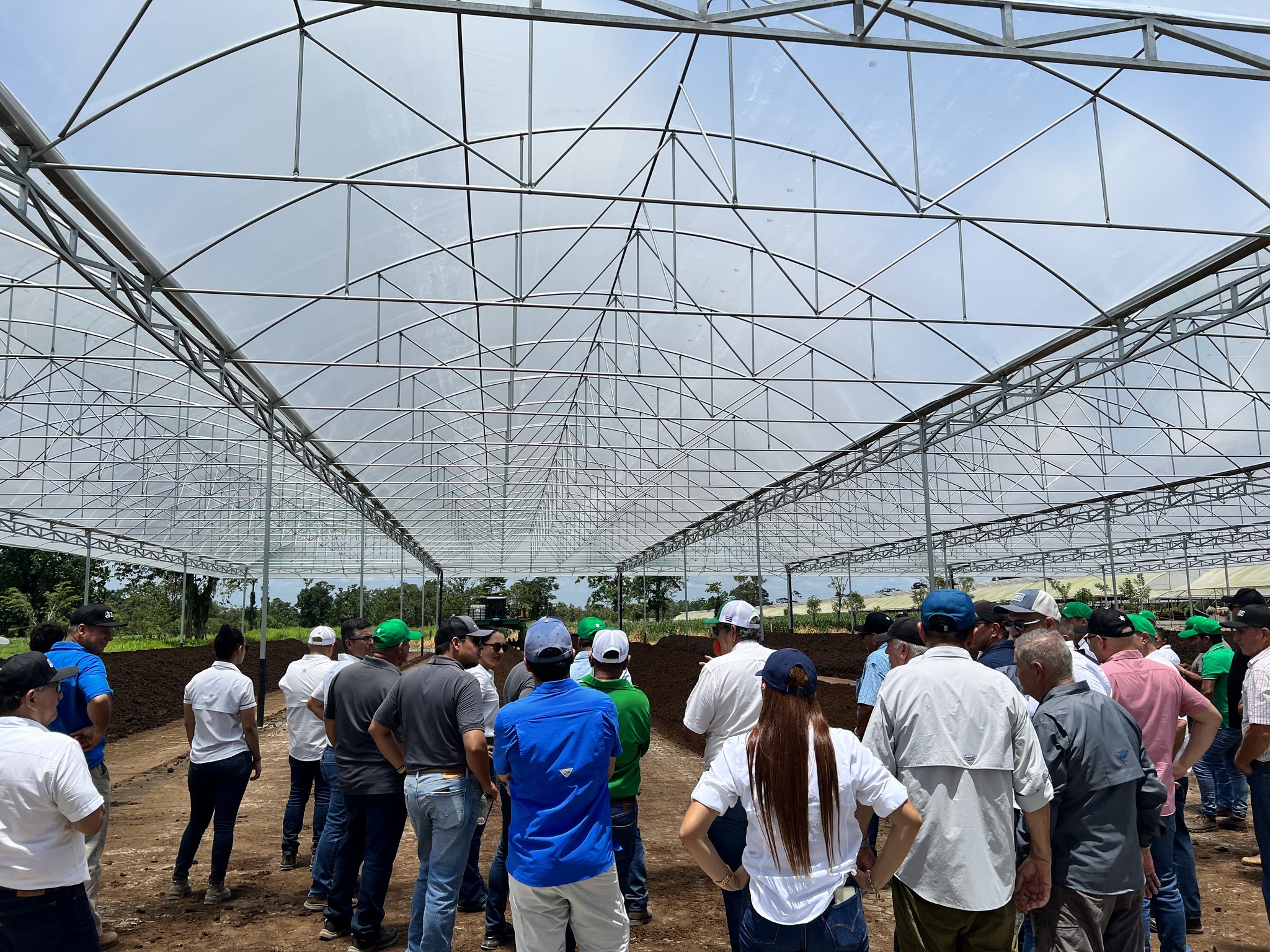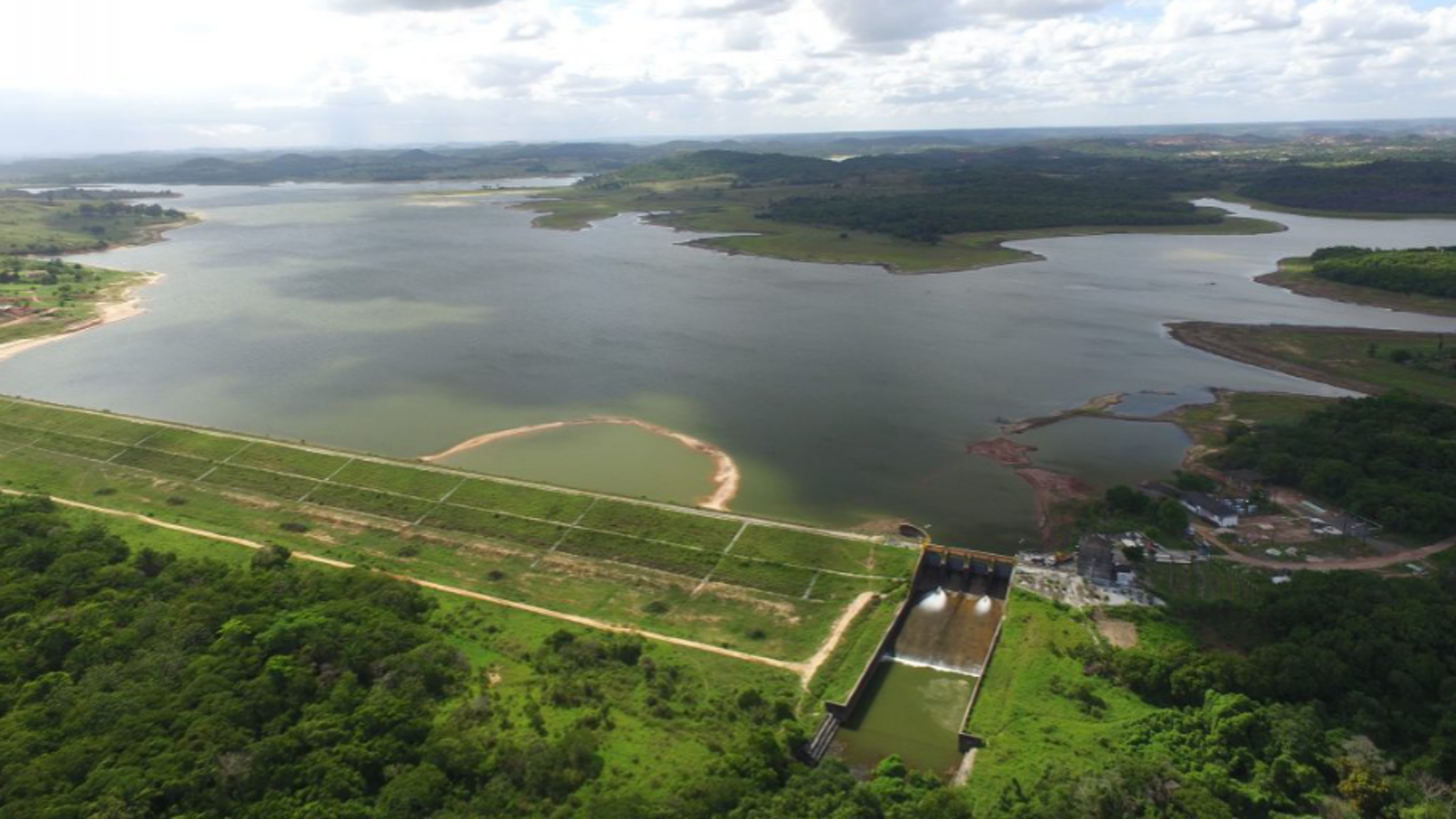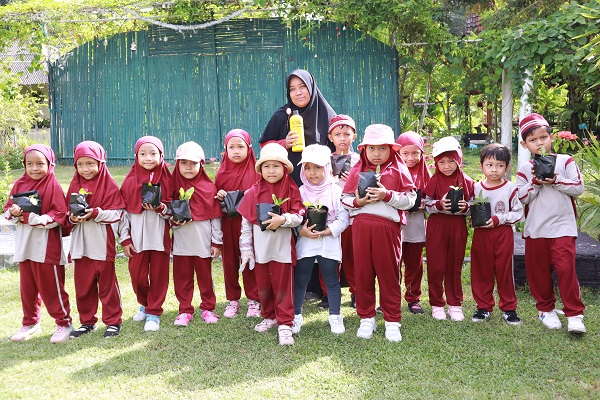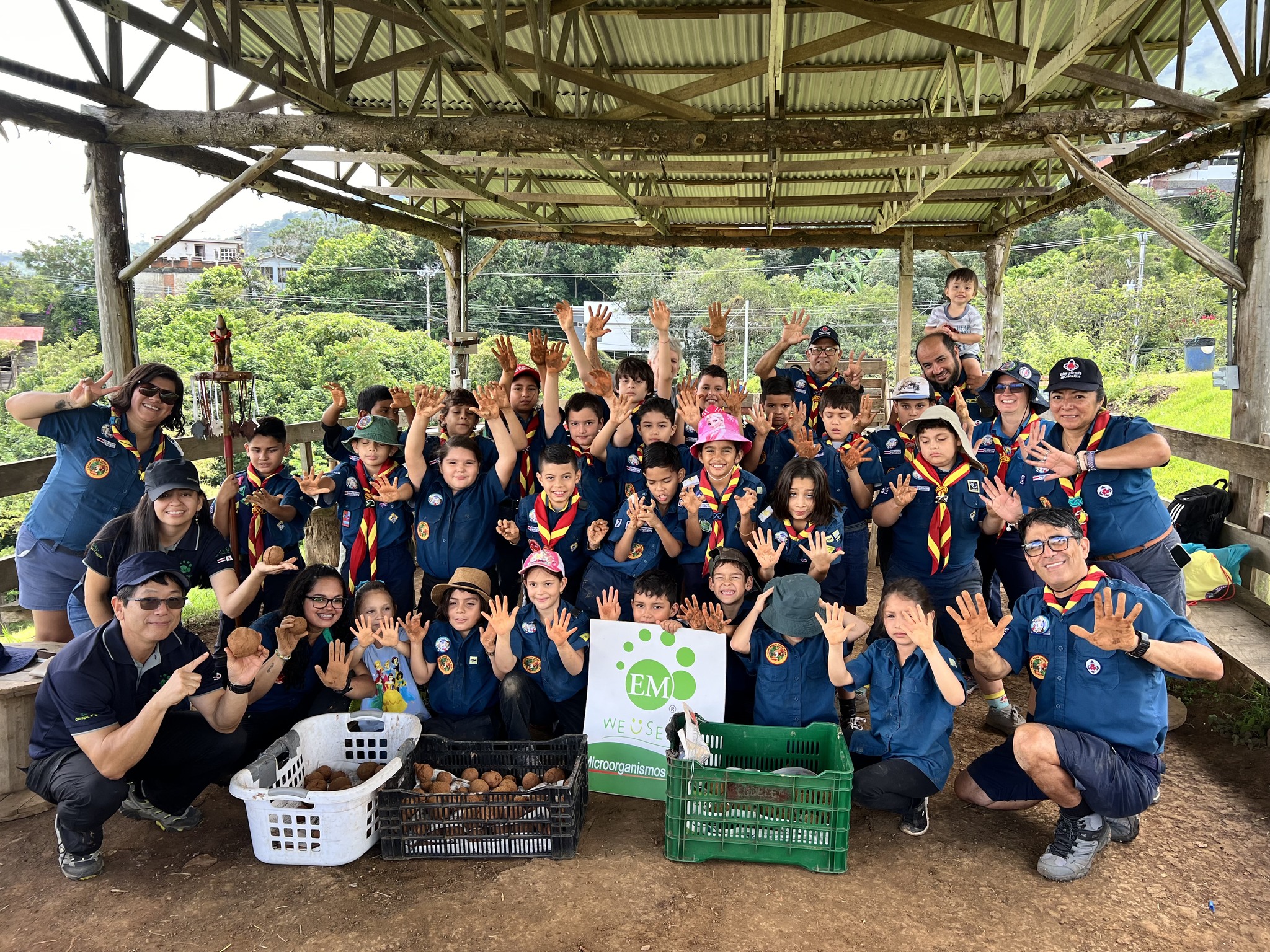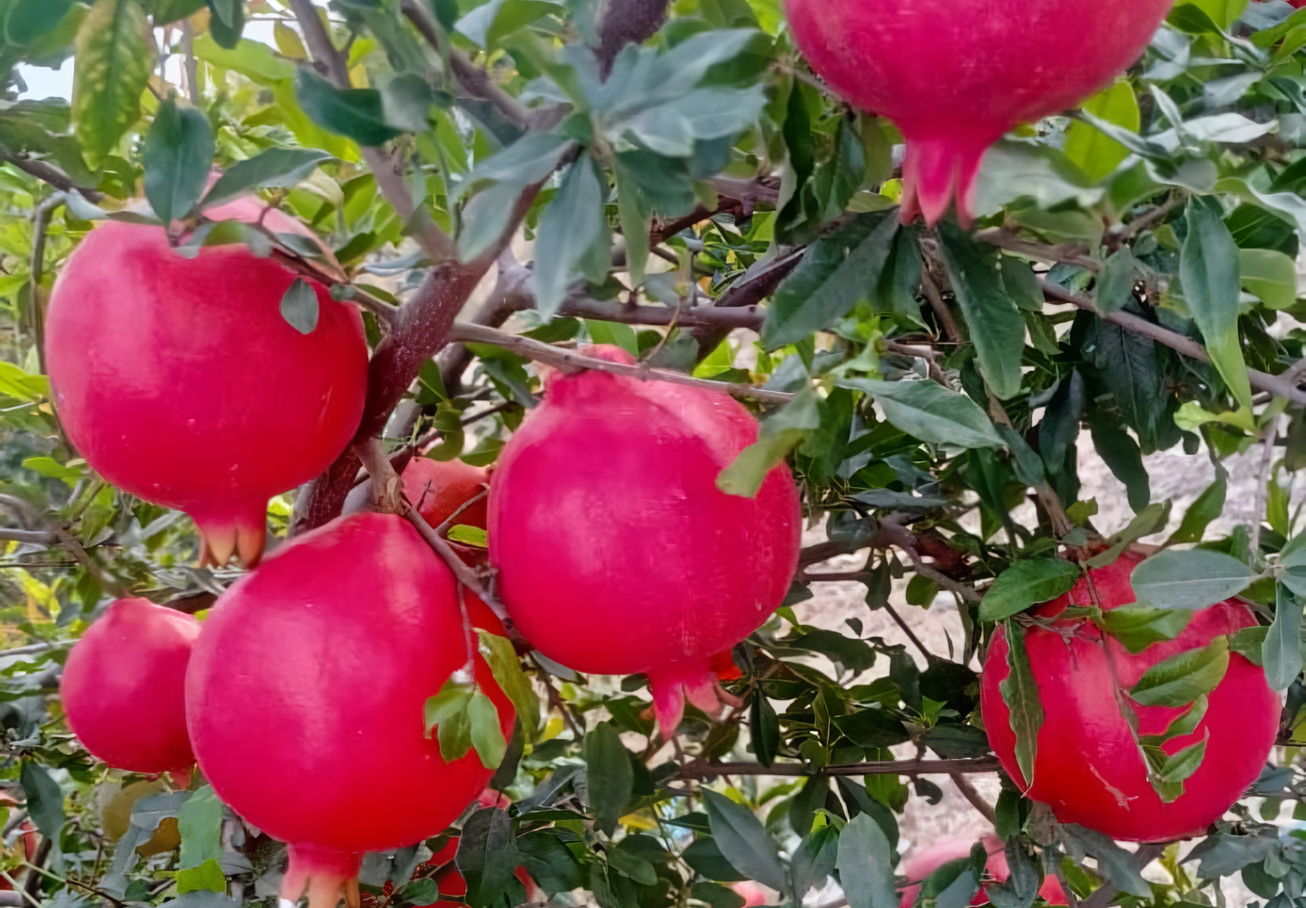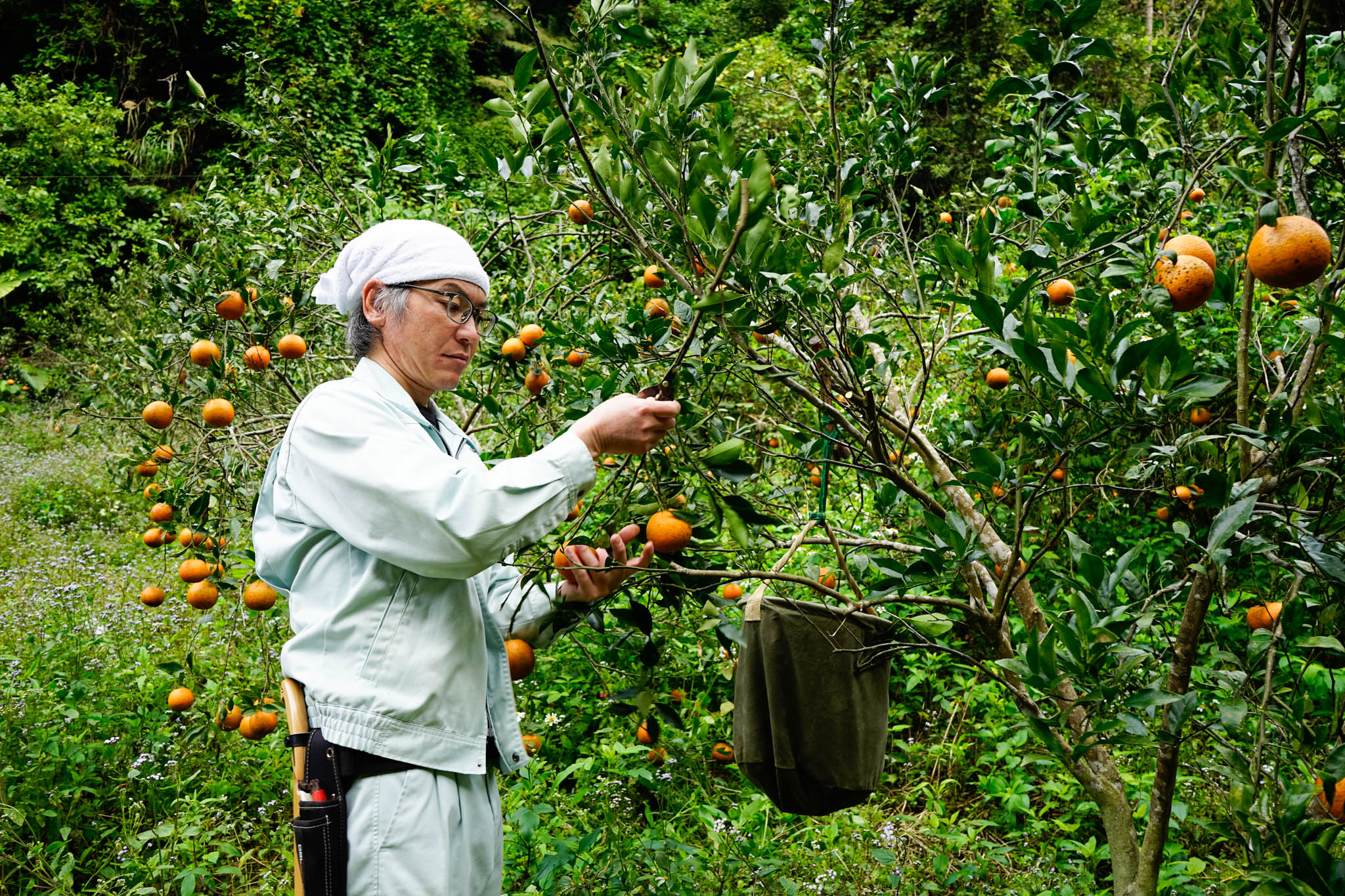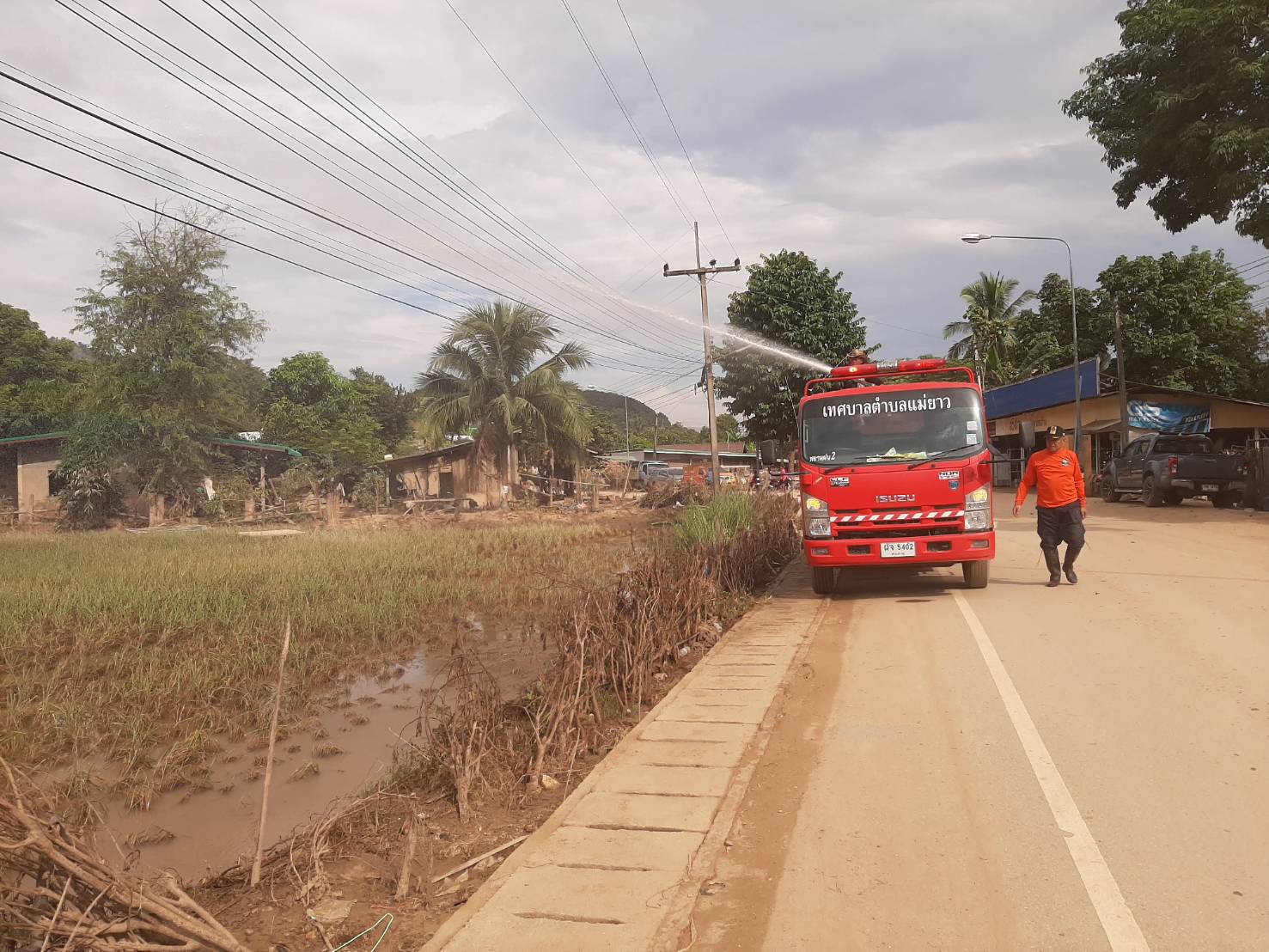Case Studies
Training Center for Better Life
Saraburi, Thailand
Education and Research for Sustainable Farming
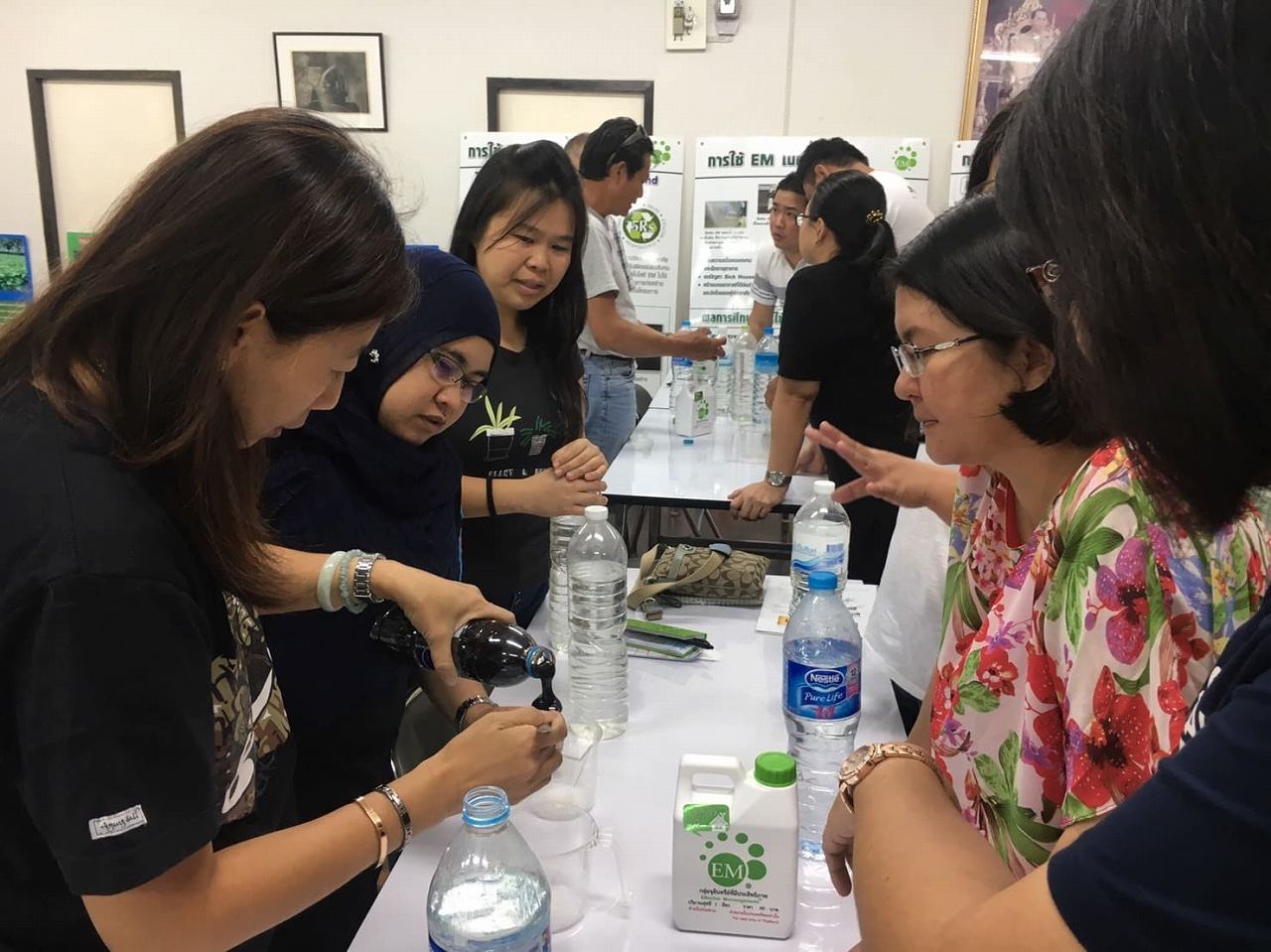
The Saraburi Kyusei Nature Farming Training Center was established in 1988, 120km away from the capital city of Bangkok in Thailand.
This facility covering an area of 160ha organize training programs to extend Nature Farming and EM Technology. It also has a training and demonstration model farm on exclusive for Nature Farming using EM Technology.
The center dedicates to promote research, education and extension of nature farming activities. Further, it provides its facilities to APNAN (Asia Pacific Natural Agriculture Network) to launch workshops and training programs.
The objectives of the training programs are to disseminate the technologies combining Nature Farming and EM Technology, to provide with benefits to humankind and produce safe food while developing a sustainable and clean environment. Saraburi Center along with APNAN and EMRO (EM Research Organization) welcome guests from in and outside the country. Trainees who participate in programs learn on vegetable production, rice cultivation, sustainable farming, livestock, fisheries and aquaculture, horticulture, self-sufficient economy philosophy.
Thanks to this Center, EM has been introduced in King’s Projects to apply the “Self Sufficient Economy” in many areas in Thailand. In doing this, the center has been working with the Royal Thai Army, Ministry of Interior among others. (see Sufficiency Economy Project)
Today, lot of schools in farm villages use EM in agricultural education to solve farming and environmental issues.
This facility covering an area of 160ha organize training programs to extend Nature Farming and EM Technology. It also has a training and demonstration model farm on exclusive for Nature Farming using EM Technology.
The center dedicates to promote research, education and extension of nature farming activities. Further, it provides its facilities to APNAN (Asia Pacific Natural Agriculture Network) to launch workshops and training programs.
The objectives of the training programs are to disseminate the technologies combining Nature Farming and EM Technology, to provide with benefits to humankind and produce safe food while developing a sustainable and clean environment. Saraburi Center along with APNAN and EMRO (EM Research Organization) welcome guests from in and outside the country. Trainees who participate in programs learn on vegetable production, rice cultivation, sustainable farming, livestock, fisheries and aquaculture, horticulture, self-sufficient economy philosophy.
Thanks to this Center, EM has been introduced in King’s Projects to apply the “Self Sufficient Economy” in many areas in Thailand. In doing this, the center has been working with the Royal Thai Army, Ministry of Interior among others. (see Sufficiency Economy Project)
Today, lot of schools in farm villages use EM in agricultural education to solve farming and environmental issues.
Model Farm
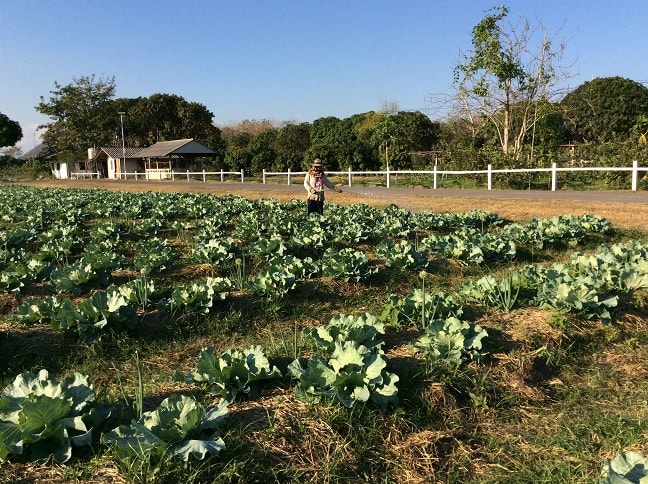
The model farm covers an area of 60ha and approximately 90 staff including farming, office, machinists and cooks are working in the facility.
The farm has a variety of cultivation like paddy, corn, pumpkin, pineapple, squash, bitter gourd, loofah, eggplant, chili, okura, tomato, melon, watermelon, cucumber, cabbage, morning glory, sweet potato, celery, spinach, onion, chinese cabbage, kale, lettuce, carrot, radish etc. in uplands.
As for orchard, they are proud of their mango, orange, papaya, jackfruit, guava, star fruit, custard apple, palm, avocado, tamarind, etc.
They use EM Bokashi before planting or seeding and normally apply EM Bokashi, mulching and diluted Activated EM.
Additionally, they apply EM FPE (fermented plant extract) weekly and EM5 every 3 days to protect plants from insect and disease.
Saraburi center has successfully accomplished a sustainable farming recycling harvest residue to make compost and nurse soils.
Even chicken layer and pigs are feed with chopped vegetables mixed with EM Bokashi and Activated EM.
The farm has a variety of cultivation like paddy, corn, pumpkin, pineapple, squash, bitter gourd, loofah, eggplant, chili, okura, tomato, melon, watermelon, cucumber, cabbage, morning glory, sweet potato, celery, spinach, onion, chinese cabbage, kale, lettuce, carrot, radish etc. in uplands.
As for orchard, they are proud of their mango, orange, papaya, jackfruit, guava, star fruit, custard apple, palm, avocado, tamarind, etc.
They use EM Bokashi before planting or seeding and normally apply EM Bokashi, mulching and diluted Activated EM.
Additionally, they apply EM FPE (fermented plant extract) weekly and EM5 every 3 days to protect plants from insect and disease.
Saraburi center has successfully accomplished a sustainable farming recycling harvest residue to make compost and nurse soils.
Even chicken layer and pigs are feed with chopped vegetables mixed with EM Bokashi and Activated EM.
Farm Soil
Originally, the farm soil did not fit for agriculture but after years of applying EM the farm is growing today several vegetables and fruits.
It is said that quality of soil, depend on improving three essential factors:
- Drainage
- Develop soil humus
- Mulching the surface of the farm
With the help of EM, this farm has achieved improvement in the above factors by promoting and increasing biodiversity in the soil and environment.
During workshops, participants can see the differences of the soil in layers. Bottom layer shows the original appearance of soil and the upper layer treated with EM. The difference can be seen at a glance. The upper layer is soft and drainage is good while the original soil is hard and bad in drainage.
Originally, the farm soil did not fit for agriculture but after years of applying EM the farm is growing today several vegetables and fruits.
It is said that quality of soil, depend on improving three essential factors:
- Drainage
- Develop soil humus
- Mulching the surface of the farm
With the help of EM, this farm has achieved improvement in the above factors by promoting and increasing biodiversity in the soil and environment.
During workshops, participants can see the differences of the soil in layers. Bottom layer shows the original appearance of soil and the upper layer treated with EM. The difference can be seen at a glance. The upper layer is soft and drainage is good while the original soil is hard and bad in drainage.

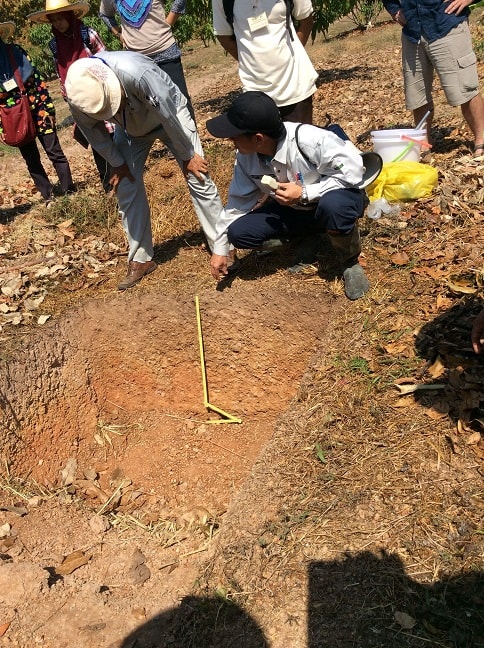
EM Bokashi and Mudball Making Site
The farm has a site for making EM Bokashi and EM Mudballs.
During workshops, participants have the opportunity to make EM Bokashi mixing rice bran or husk, chicken manure, EM・1, molasses and water.
Farm workers also make EM Mudballs using EM Bokashi and soil to treat the ponds for growing catfish.
The farm has a site for making EM Bokashi and EM Mudballs.
During workshops, participants have the opportunity to make EM Bokashi mixing rice bran or husk, chicken manure, EM・1, molasses and water.
Farm workers also make EM Mudballs using EM Bokashi and soil to treat the ponds for growing catfish.
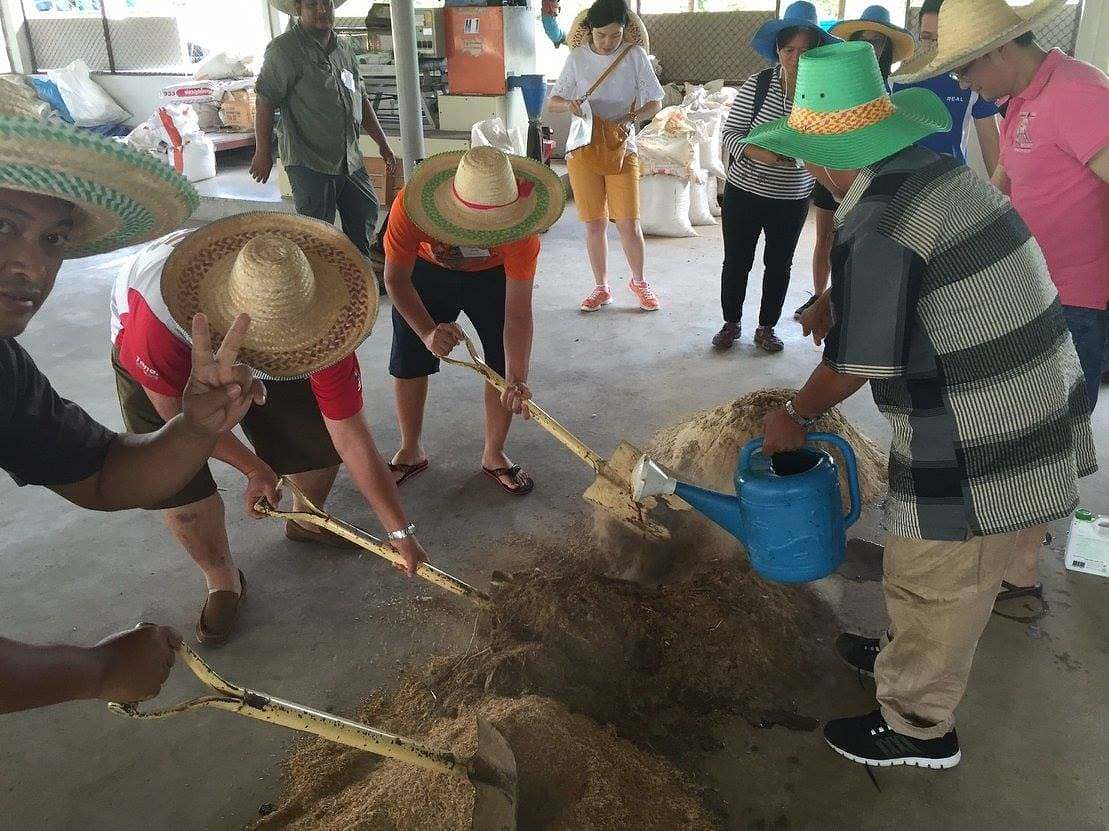
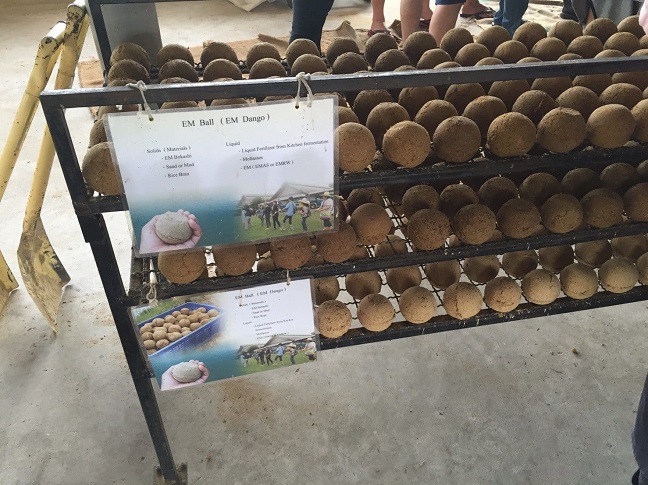

Recycling Harvest Residue
The farm also has a waste recycle site where harvest residue is chopped and mixed by a machine and mechanically put it into plastic buckets to ferment with EM Bokashi and Activated EM.
The plastic tanks have a quill to drain the liquid fertilizer to be used in the farm.
After one to two weeks the fermented solid matter could be used to make compost or nurture the soil.
The farm also has a waste recycle site where harvest residue is chopped and mixed by a machine and mechanically put it into plastic buckets to ferment with EM Bokashi and Activated EM.
The plastic tanks have a quill to drain the liquid fertilizer to be used in the farm.
After one to two weeks the fermented solid matter could be used to make compost or nurture the soil.
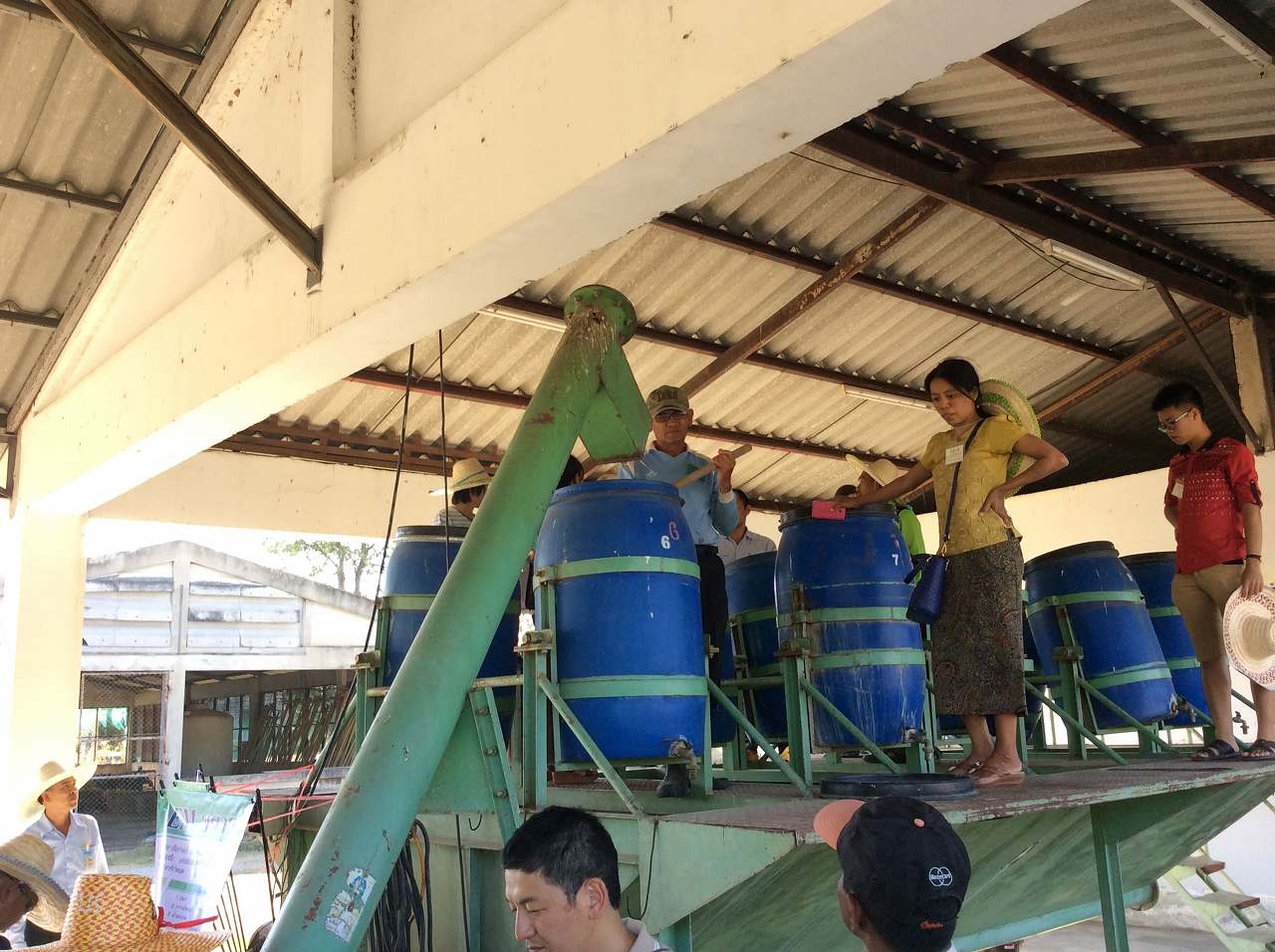
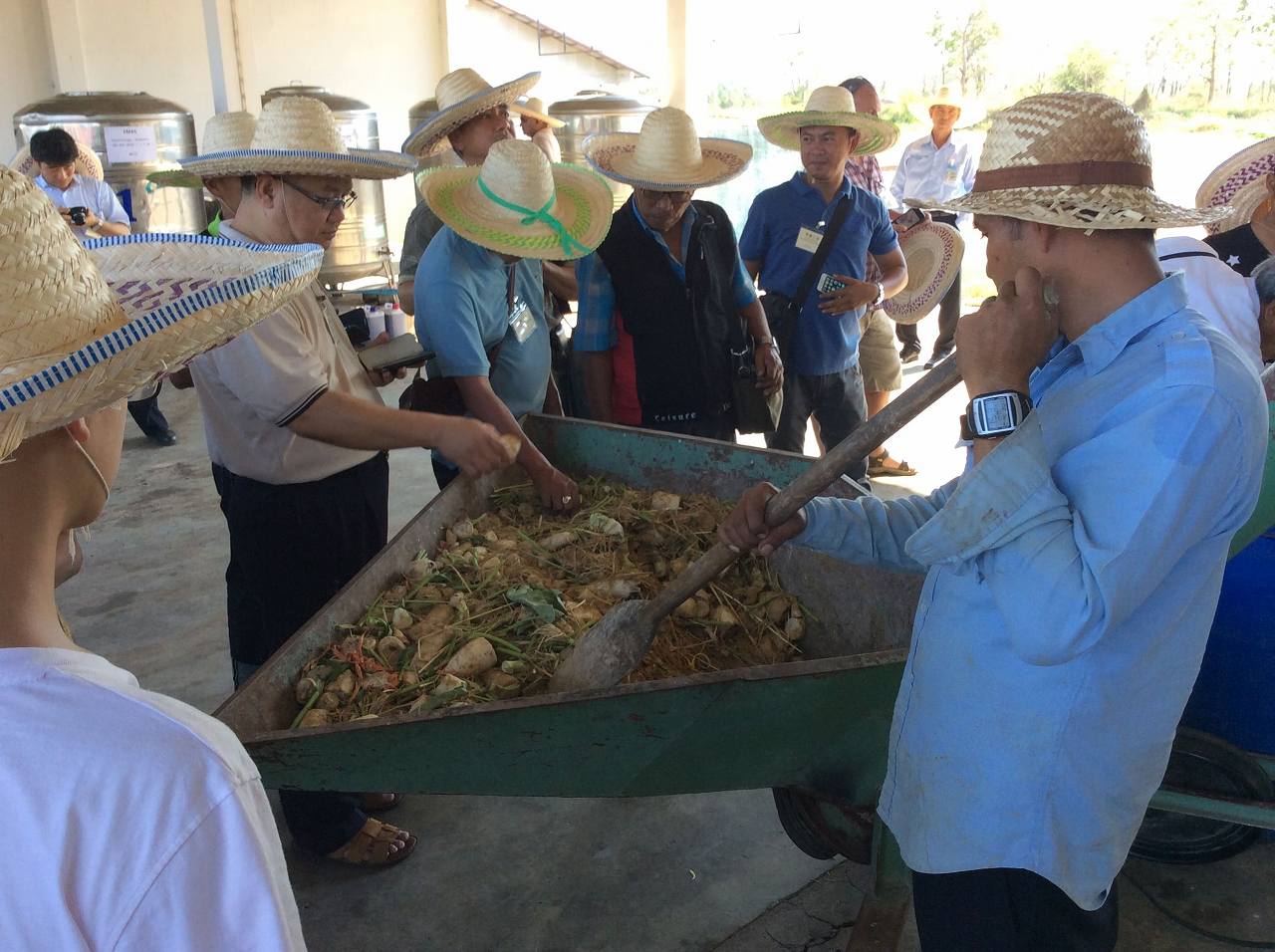
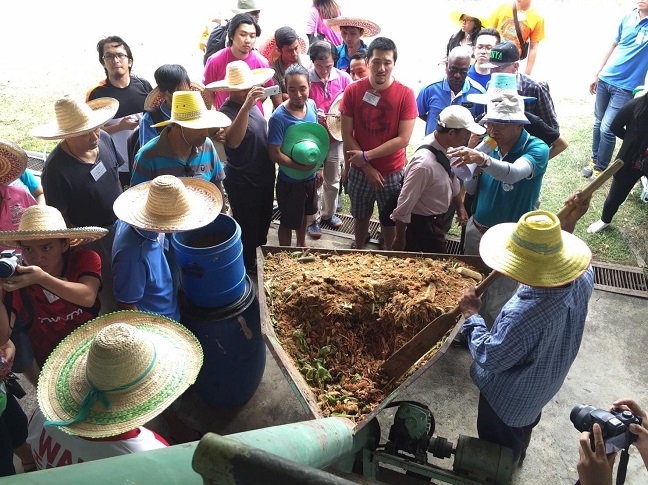
Chicken Layer
The farm also has 2 sheds for chicken layer. Chicken feed with EM improve the laying period in about 3 years compare with the conventional method of 1.5 years.
The egg production reach approximately 1500 to 1600 eggs per day.
Activated EM・1 (AEM) is sprayed on chicken layers twice daily.
*Dilution ratio: 1:500 AEM
As a result, no diseases, including bird flu, have occurred, and no chemicals or antibiotics are used.
Moreover, chicken manure is also reused to nurture the paddy fields.
The farm also has 2 sheds for chicken layer. Chicken feed with EM improve the laying period in about 3 years compare with the conventional method of 1.5 years.
The egg production reach approximately 1500 to 1600 eggs per day.
Activated EM・1 (AEM) is sprayed on chicken layers twice daily.
*Dilution ratio: 1:500 AEM
As a result, no diseases, including bird flu, have occurred, and no chemicals or antibiotics are used.
Moreover, chicken manure is also reused to nurture the paddy fields.
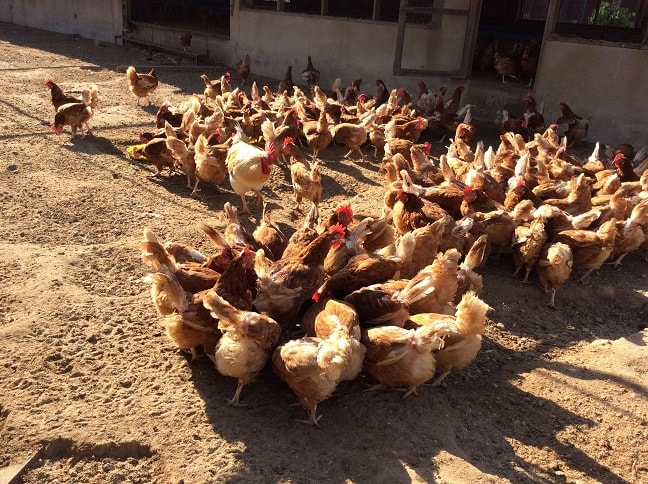
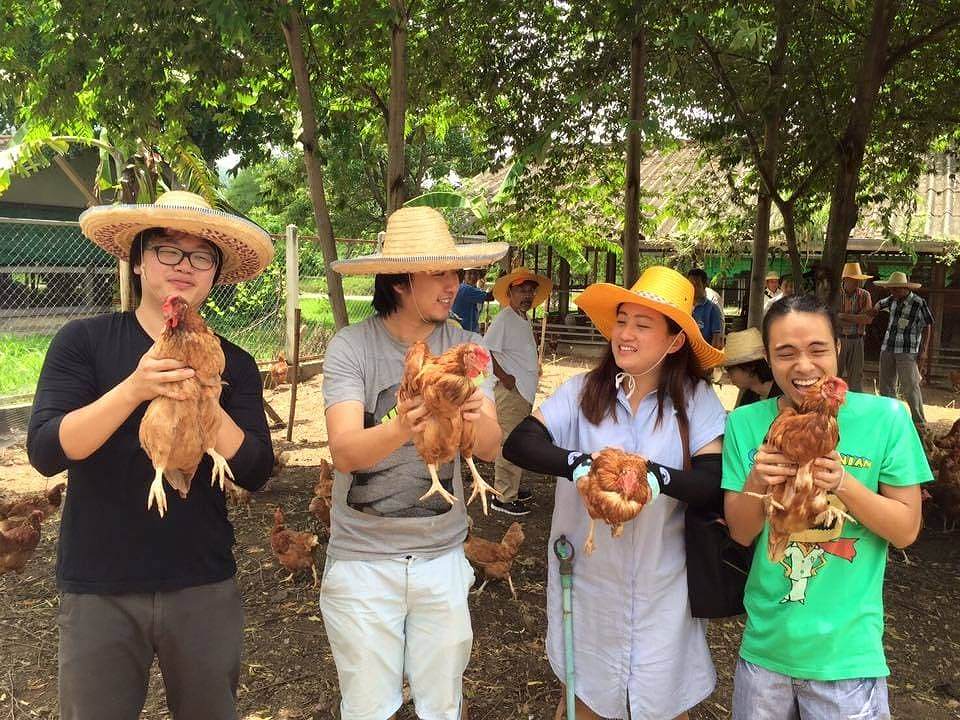
Mushroom Cultivation
Saraburi center also manages an International School for kids to learn on agriculture aiming to be independent as the principle of “Suficiency Economy” states.
These students are in charge of growing mushroom in a special cultivation site. They make substrates to grow mushroom mycelia.
They mix sawdust, rice bran, lime, gypsum, rock phosphate, water, EM・1 and molasses to make the substrate. The fermented mixture is put into plastic bags in anaerobic condition and the cultivation of the mycelia is carefully deposit in each bag. Mushrooms are growing healthy and are sprayed with Activated EM for sanitary control.
Saraburi center also manages an International School for kids to learn on agriculture aiming to be independent as the principle of “Suficiency Economy” states.
These students are in charge of growing mushroom in a special cultivation site. They make substrates to grow mushroom mycelia.
They mix sawdust, rice bran, lime, gypsum, rock phosphate, water, EM・1 and molasses to make the substrate. The fermented mixture is put into plastic bags in anaerobic condition and the cultivation of the mycelia is carefully deposit in each bag. Mushrooms are growing healthy and are sprayed with Activated EM for sanitary control.
